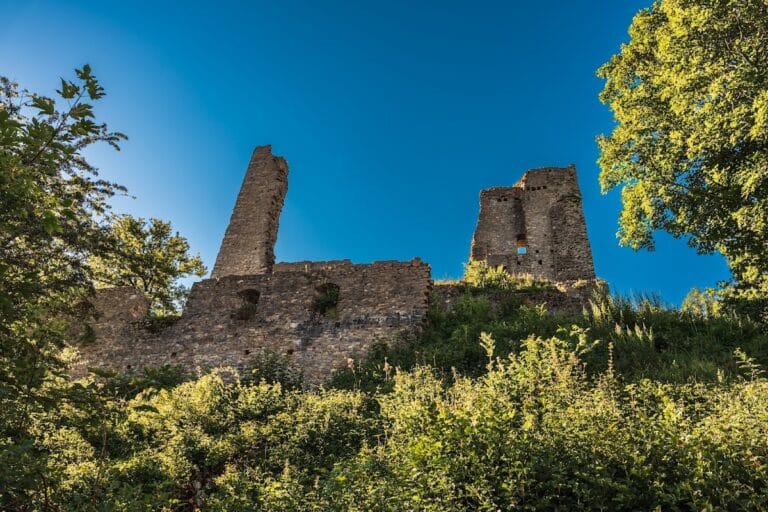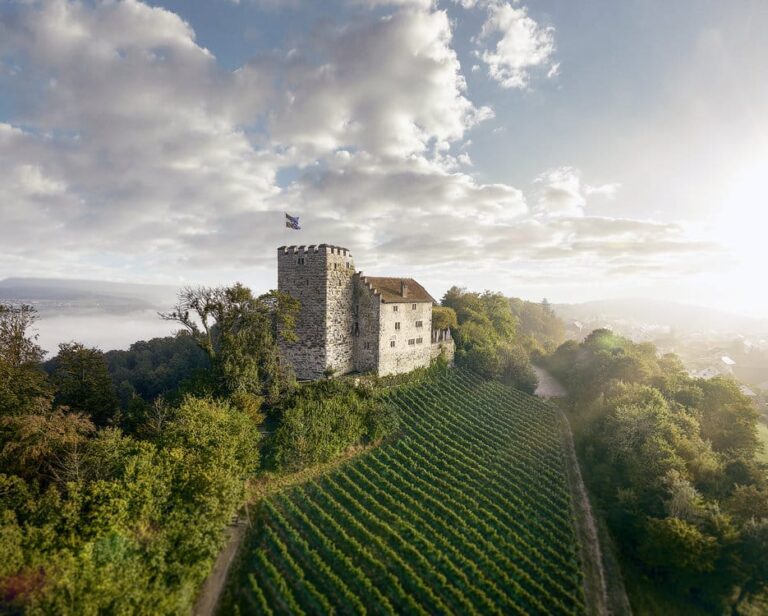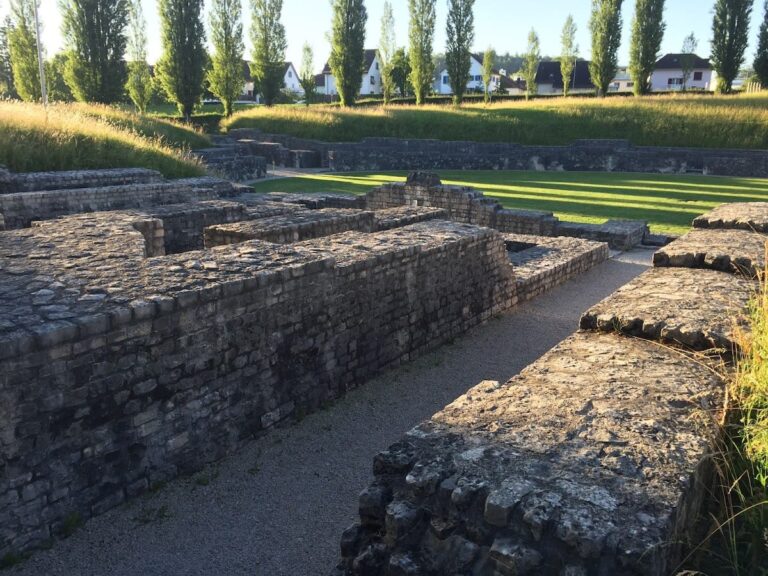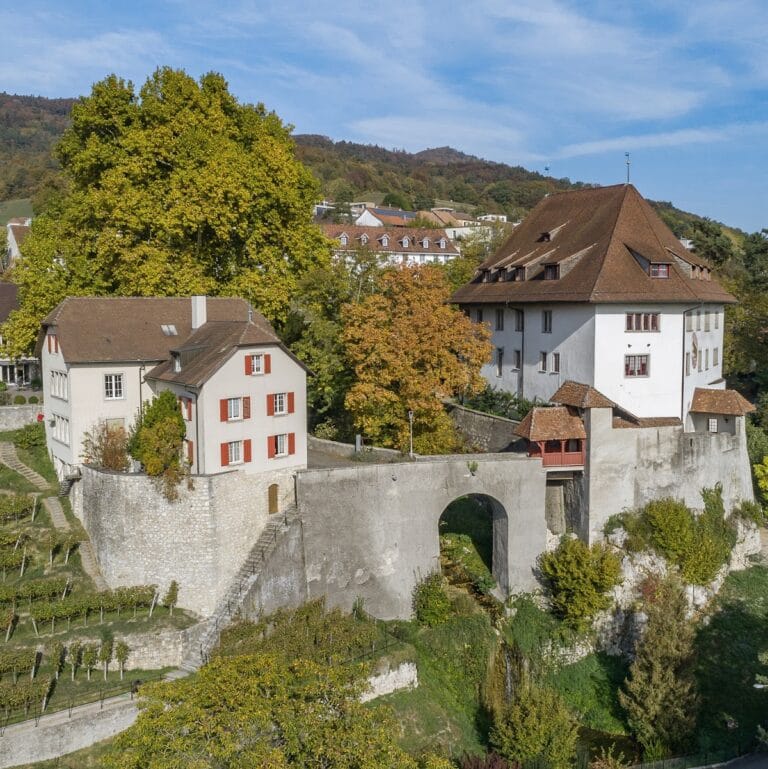Laufenburg Ruin: A Medieval Hill Castle in Switzerland
Visitor Information
Google Rating: 4.5
Popularity: Low
Google Maps: View on Google Maps
Official Website: jurapark-aargau.ch
Country: Switzerland
Civilization: Unclassified
Remains: Military
History
Laufenburg ruin stands on a hill within the town of Laufenburg, in the Swiss canton of Aargau. It originated as a medieval hill castle constructed by the Habsburg family after they obtained the territory around 1180. The Habsburgs fortified both sides of the Rhine River, including an initial castle on the northern bank, parts of which were probably integrated into the later castle on the southern slope.
In the late 12th century, Graf Rudolf II of Habsburg aimed to establish a town around the castle, but his plans were thwarted by an arbitration decision involving the abbess of the nearby Säckingen monastery. His son, Rudolf III, later shifted his residence to the southern castle, transforming it into a residential fortress and initiating the Habsburg-Laufenburg lineage. Over the 13th century, the settlement expanded and was granted town rights, reaffirmed in 1328 despite earlier disputes.
Financial difficulties troubled the ruling family in the late 14th century, leading Graf Hans IV to sell the castle and lordship in 1386 to Duke Leopold III of Austria for 12,000 gulden. The 15th century brought military strife; in 1443, forces from Basel and Bern inflicted serious damage during the Old Zürich War. During the Burgundian Wars, the castle temporarily fell under the control of Duke Charles the Bold. After his defeat, Kaspar von Schönau assumed control and oversaw repairs completed in 1486.
The Thirty Years’ War marked another turbulent period, as Swedish troops captured the castle and town on three occasions before Austrian authority was reinstated in 1648. At that time, the castle remained sizable, with walls nearly matching the height of the main tower and containing multiple chambers, a garden, and a chapel. Years of warfare, however, left the structure in poor condition.
By 1687, evaluations by Italian military experts declared the fortress obsolete, prompting neglect. The site was deserted in 1787 and later dismantled to provide building material. In 1803, the town of Laufenburg acquired the remaining ruins at a modest cost. A park was developed there in 1908, and conservation efforts in 1986 focused on preserving and restoring key parts of the castle.
Remains
The Laufenburg ruin occupies a hilltop site defined by extensive stone walls and a prominent main tower known as a bergfried, which has survived almost entirely to the present day. The castle’s defensive perimeter once included a ring wall reinforced with several towers, which in its prime rose nearly as high as the bergfried itself. These robust stone fortifications illustrate the medieval construction techniques aimed at protecting the complex against siege.
Access to the bergfried was originally gained through a door positioned roughly four meters above the courtyard on the tower’s northern side, a defensive feature preventing easy entry. Today, visitors reach the bergfried via an external spiral staircase made of steel, installed for safety and convenience. Inside the tower, a separate staircase ascends the entire height, ending at a doorway that opens onto an observation platform.
This platform, located about thirteen meters above ground level, is enclosed by railings for protection and includes a metal box marking the upper end of the internal stairs. From this vantage point, one can look out over the historic town areas on both sides of the Rhine, the river itself, several bridges crossing it, nearby railway infrastructure, and a hydroelectric power station along the High Rhine.
The former castle complex was larger, containing numerous rooms, a walled garden, and a chapel, all indicative of its dual roles as a defensive stronghold and a residential seat. Although these features no longer survive above ground, archaeological and historical research document their earlier presence. Restoration has concentrated on the bergfried and adjoining walls, aiming to maintain the integrity of this medieval fortress as a significant example of regional castle architecture.










